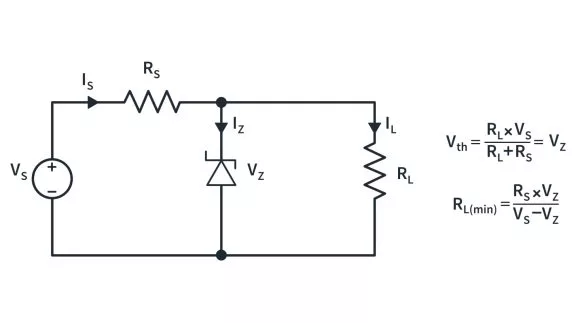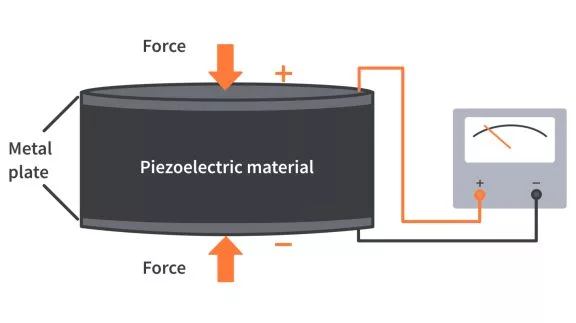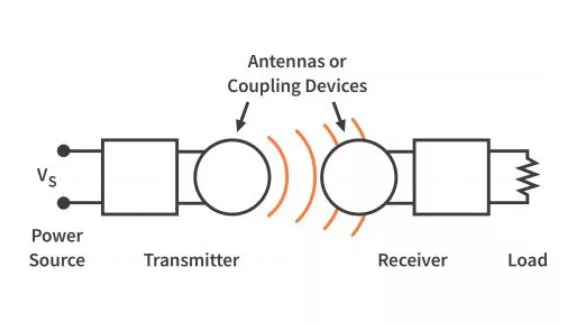How to Install an Electrical Outlet | CircuitBread Practicals
Published
Electrical outlets in the United States are quite standardized and it’s a straightforward process to install either a brand new outlet or swap out an old one. In this CircuitBread Practicals tutorial, we will go over the process and discuss those points required to do so safely. If, for whatever reason, there are questions, you’re unsure of how to safely turn off the power, or you don’t feel comfortable with the process at all, please call an electrician. Electricians are less expensive than doctors or firemen (and rebuilding a house). However, this tutorial may still be useful for you so that you have a better understanding of what the electrician does, so please continue either way!
First, we need to understand how the stereotypical outlet looks and works. There are three distinct holes in the front of an outlet and they represent different portions of the circuit. On the left is the larger, vertical slit and that is connected to neutral. From the perspective of an electrical engineer, this would be ground, but in the parlance of electricians, it is neutral. On the right, the smaller, vertical slit is connected to hot, which would be considered VDD, VCC, or simply power. In a properly functioning circuit, this is the only hole that is dangerous. However, never assume that everything is functioning properly. Finally, the round hole in the bottom is connected to ground, which is a safety ground, used as a backup leg that is only used when things go poorly. This ground is what helps protect both you and your house in case other lines make contact where they shouldn’t.

Before you start work, it is of the utmost importance that you verify the power is off - turn off the appropriate breaker and, if you’re really nervous, you can even turn off the power to your entire house. Where I haven’t been as confident about the association between the breakers and outlets, I’ve just played it safe and killed all power to the house. Even doing this, I like to use a dedicated tester, a multimeter, and/or a nightlight, to make sure that the power is off. I do not want to die from electrocution, so I always play it as safe as I can. And, again, if you’re not comfortable or don’t have a good understanding of what’s going on, please call an electrician.
When actually installing or replacing the outlet, you will notice there are multiple connection points on the back and sides of the outlet. The holes in the back of the outlet are a quick place to connect, where you can push 14 gauge wires in and they’re held in place. They’re extremely convenient but do have their drawbacks. 1) They’re more prone to failure. This is a point of discussion but many electricians avoid these due to their increased failure rate. 2) It is somewhat annoying to remove wires from them. 3) Most of them only work with 14 gauge wires, so if you’re running 12 gauge wire (to have a 20 amp capacity), these just won’t work. However, the screw terminals on the sides are not only simple to use, they don’t suffer from any of those three problems.
Screw terminals on the back match the outlet holes in the front, meaning that, facing the front of the outlet, the neutral hole and the neutral connections are on the left, the hot hole and hot connections are on the right, and the single ground connection is usually at the bottom. Sometimes the ground connection is at the top and it is usually, though not always, a green colored screw.

If this is a replacement and the wire is still in good condition, then this is easy - put the wires back on the sides that are appropriate. White wire(s) to the neutral side on the left, black wire(s) on the hot side on the right, and the bare ground wire on the ground screw. If it’s a new install or if the wire is unusable as is, you’ll need a pair of wirestrippers besides a screwdriver. It may take a couple attempts to get the length right but you’ll want to strip a small piece at the end of the wire, something long enough that you’ll have ample connection point but not so long that bare wire will stick out away from the outlet. Some outlets have plates with the screws, which are extremely convenient, as you don’t even need to bend the wire. You simply place your straight piece of wire between the two small plates, and then use the screwdriver to tighten the into place. Otherwise, if it’s just a screw, it’s usually best to bend the wire to wrap around the wire. Then, while putting firm pressure on the wire to keep it under the screw, tighten the screw. It may take a little practice to figure out the best way to hold the outlet and wire while also screwing it in, don’t worry about it, if it doesn’t look good, you can unscrew it and try it again.
It doesn’t really matter which connections you make first but it is recommended to start by connecting ground, then neutral, and finally your hot leg. The idea is to connect the safe items first in case the hot leg is live, it has a greater chance of touching neutral or ground and hopefully popping the breaker instead of hurting you. This logic makes sense but if you’ve been appropriately careful in turning off the power and making sure nobody can turn it back on, then this isn’t truly necessary. That being said, better safe than sorry!

Once you’ve attached everything, review your connections. Give each wire a gentle tug, making certain they don’t come out. Verify that the connections are touching where they’re supposed to and not touching where they’re not, being particularly careful with your ground wire, as it is completely bare and has the highest chance of touching the bare portion of the hot or neutral wires.
If you’re happy with the connections, fold the wires behind the outlet and push them into the electrical box. You shouldn’t need an excess of force, if it’s too difficult, verify you don’t have too much wire or the outlet isn’t caught on something. Once the outlet is back in, you can screw the outlet into position. Make certain that nothing has come loose or made unwanted contact during this process. Also, you may want to leave the outlet a little loose so that you can give it a good look and make sure the outlet is straight. If it is, gently tighten the screws until the outlet is firmly in place but not so hard that you bend the tabs on the outlet.

The last portion is to put on the cover, make sure everything looks good, and then go turn on the circuit breaker. If you turn on the breaker and it doesn’t pop, it’s time to test the outlet with, ideally, a dedicated outlet. If it’s working, great! You’re done. If it’s not working, the tester will tell you what’s wrong. Common problems include swapping wires and wires that have broken so you’re not getting proper connection. Once you decipher the message from your tester, make certain to turn power back off, correct the issue, and then try it again.
That’s it! This is a lot of text and commentary but once you’ve done a few, it will become very fast and easy. But make sure you’re always following proper safety steps and ensuring your connections are good. If you’re going to do a lot, I recommend getting some gloves, I found the knit gloves with rubber fingers and palms work very well for these - a good tradeoff between destroying my fingers and still being able to feel things and pick up moderately small screws.
If you have any questions or comments, please leave them below and we’ll try and resolve them as quickly as possible. As it is, happy outlet installing and stay safe!

Get the latest tools and tutorials, fresh from the toaster.













